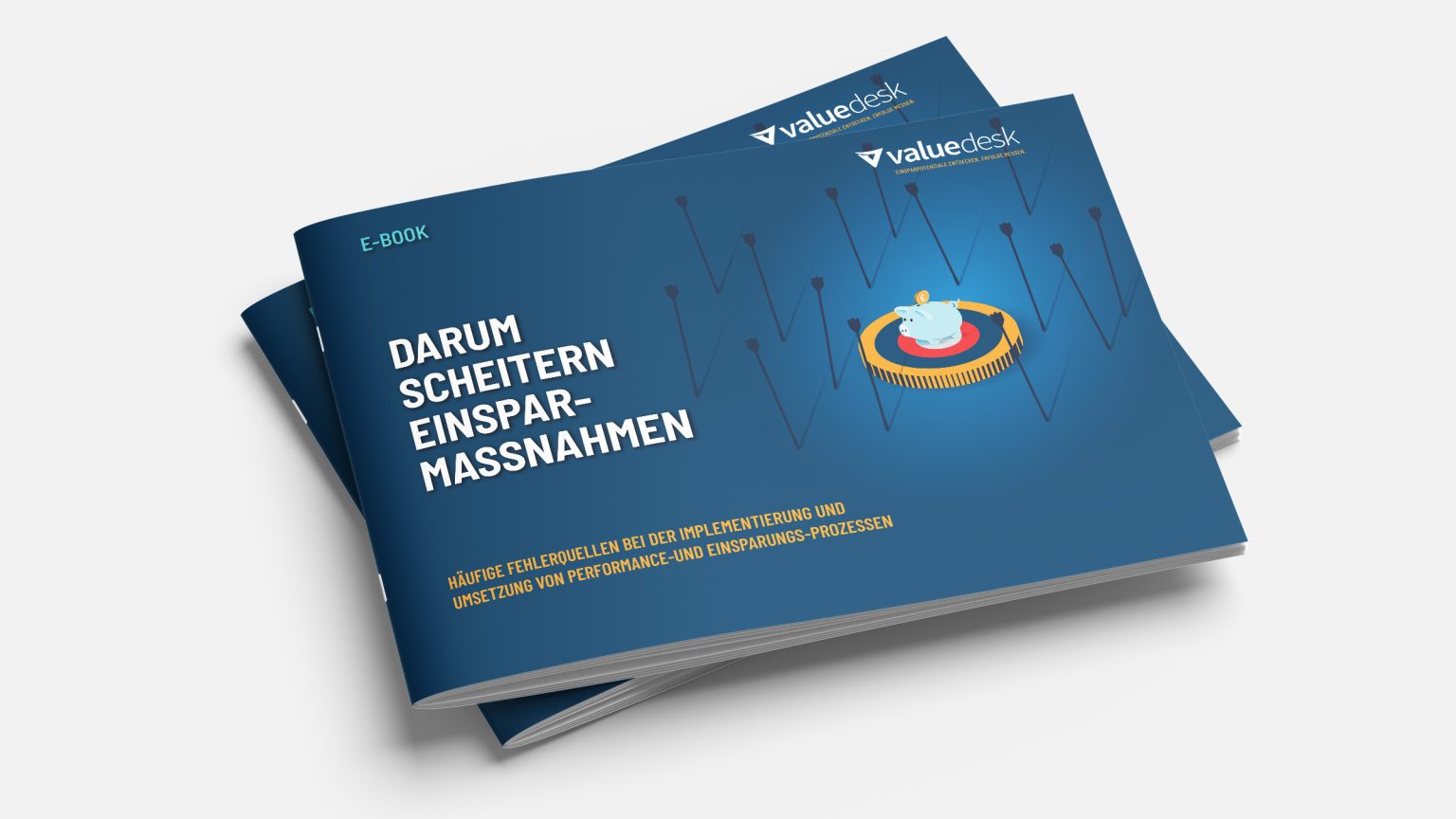Common pitfalls in the implementation and execution of performance and cost-saving processes.

E-Book
Many companies have been paying closer attention to their costs in recent years. Those that have only sporadically implemented measures for greater cost efficiency can easily lose track given the complexity of many projects—and fail to hit their targets. In this e‑book, we explain common mistakes and how you can avoid them.
Rising competitive and cost pressures, an unprecedented global procurement crisis, and sharply increasing energy costs—there are many reasons why cost optimization has become a top priority for C‑suite executives. But this does not mean radical cost cutting. What companies need are sustainable, holistic concepts that preserve—or even enhance—their performance. Such “good” savings can deliver a decisive competitive advantage: the pandemic offers the chance to address today’s universal challenges more effectively than others. Yet in the face of these enormous hurdles, the results are sobering: on average, four out of five cost‑saving measures in German companies never achieve their intended effect.
Less than half of all companies worldwide meet their savings targets; in Germany, it’s only one in three (Deloitte).
Put another way: two out of three companies fail to reach their savings goals. This e‑book tackles the gap between targeted and realized savings. We share our perspective on the problem and our insights from over 30,000 implemented cost‑saving measures. We uncover the most frequent mistakes in effective and efficient cost management—so you can avoid them—and present possible solutions …
Then simply fill out the form below and you will receive free access to the full whitepaper (available as a PDF) by email.